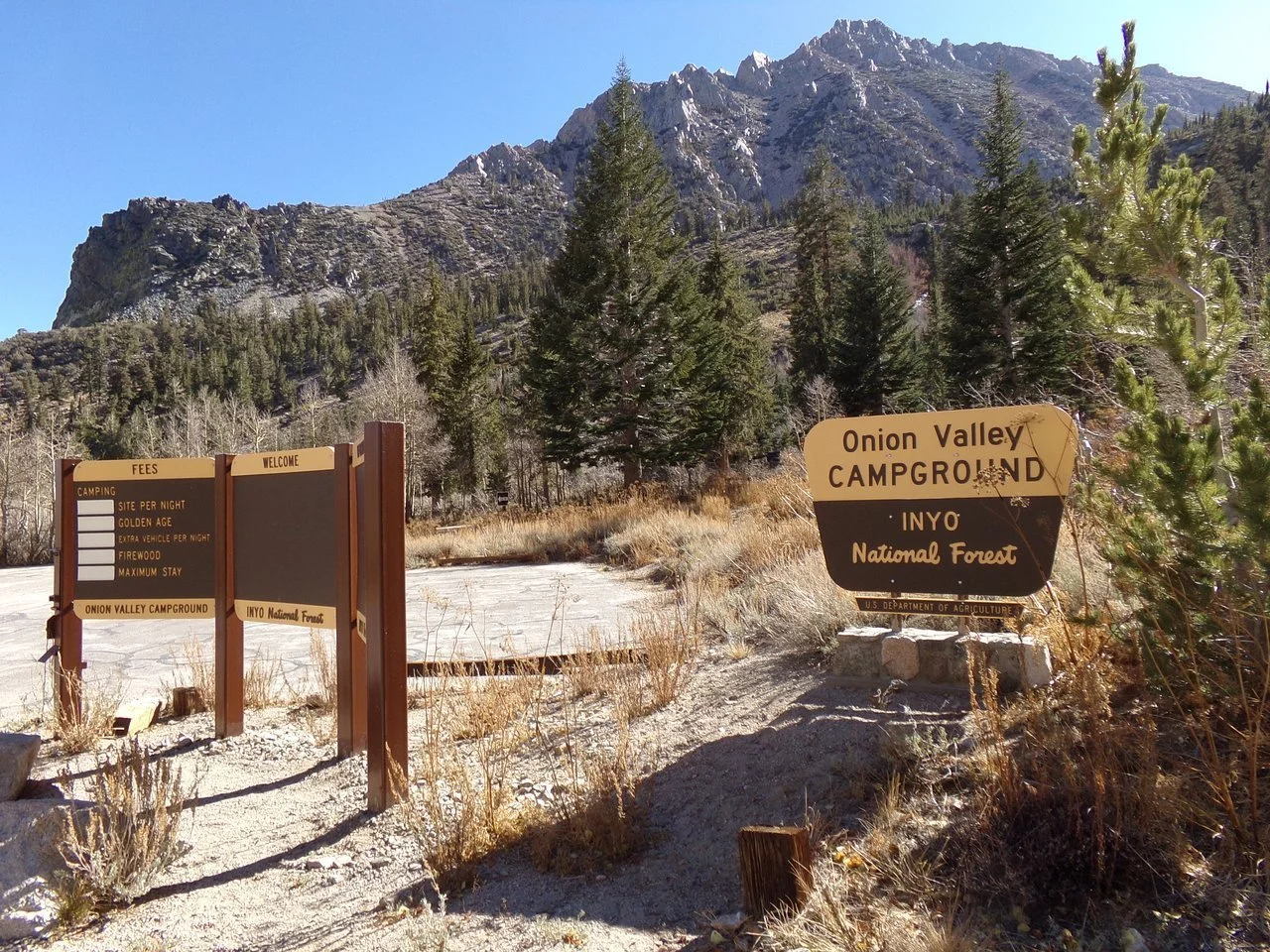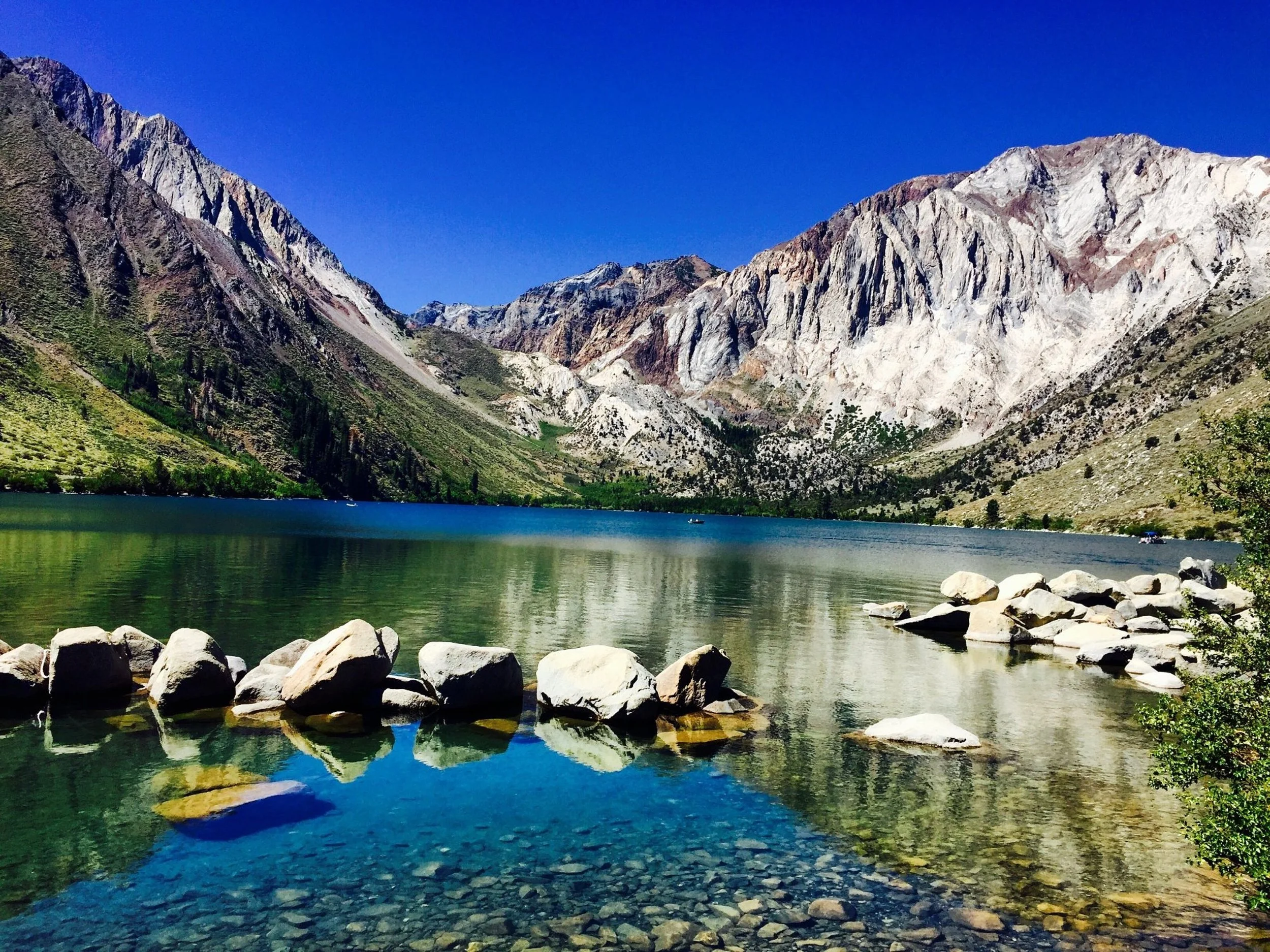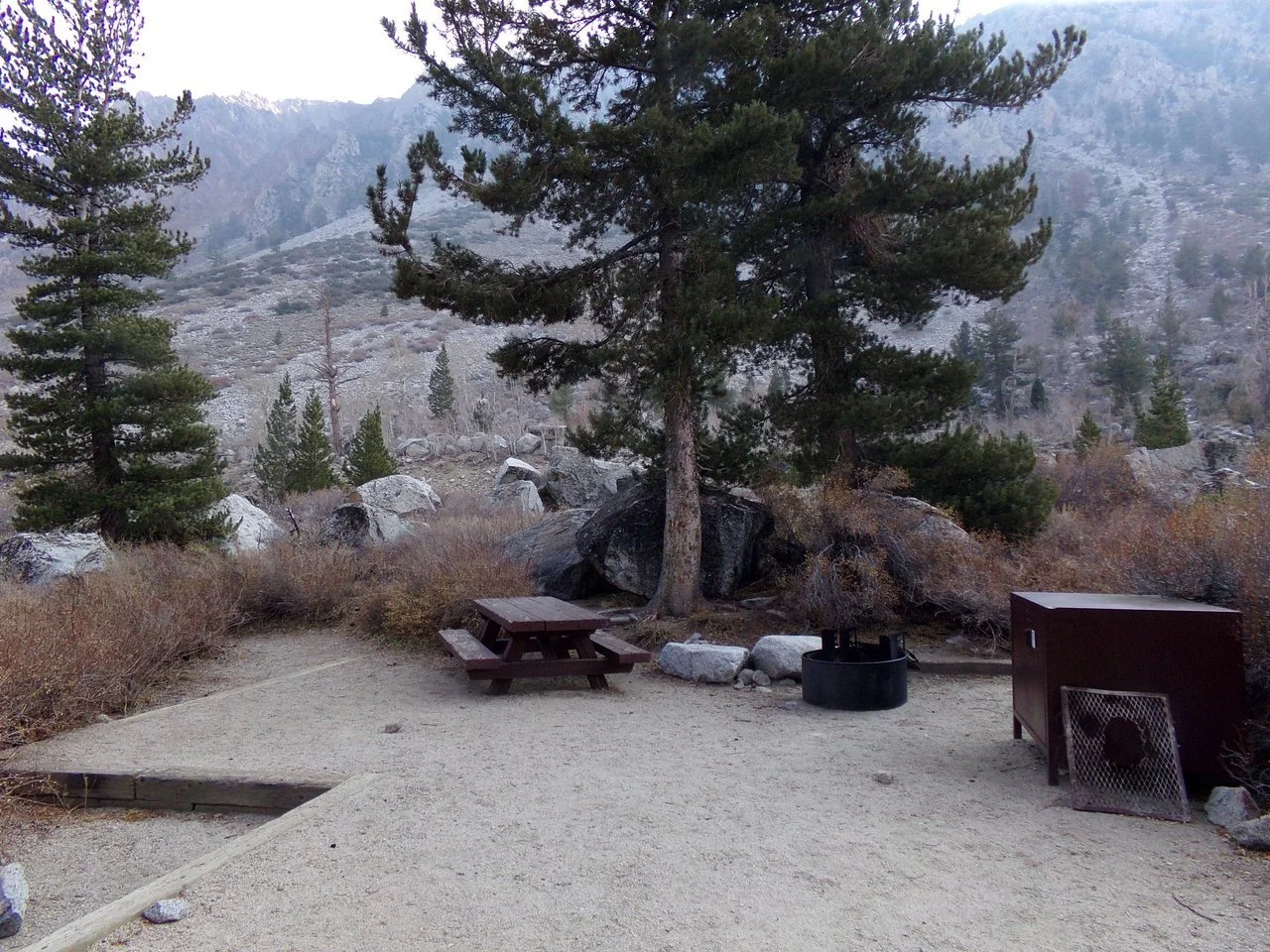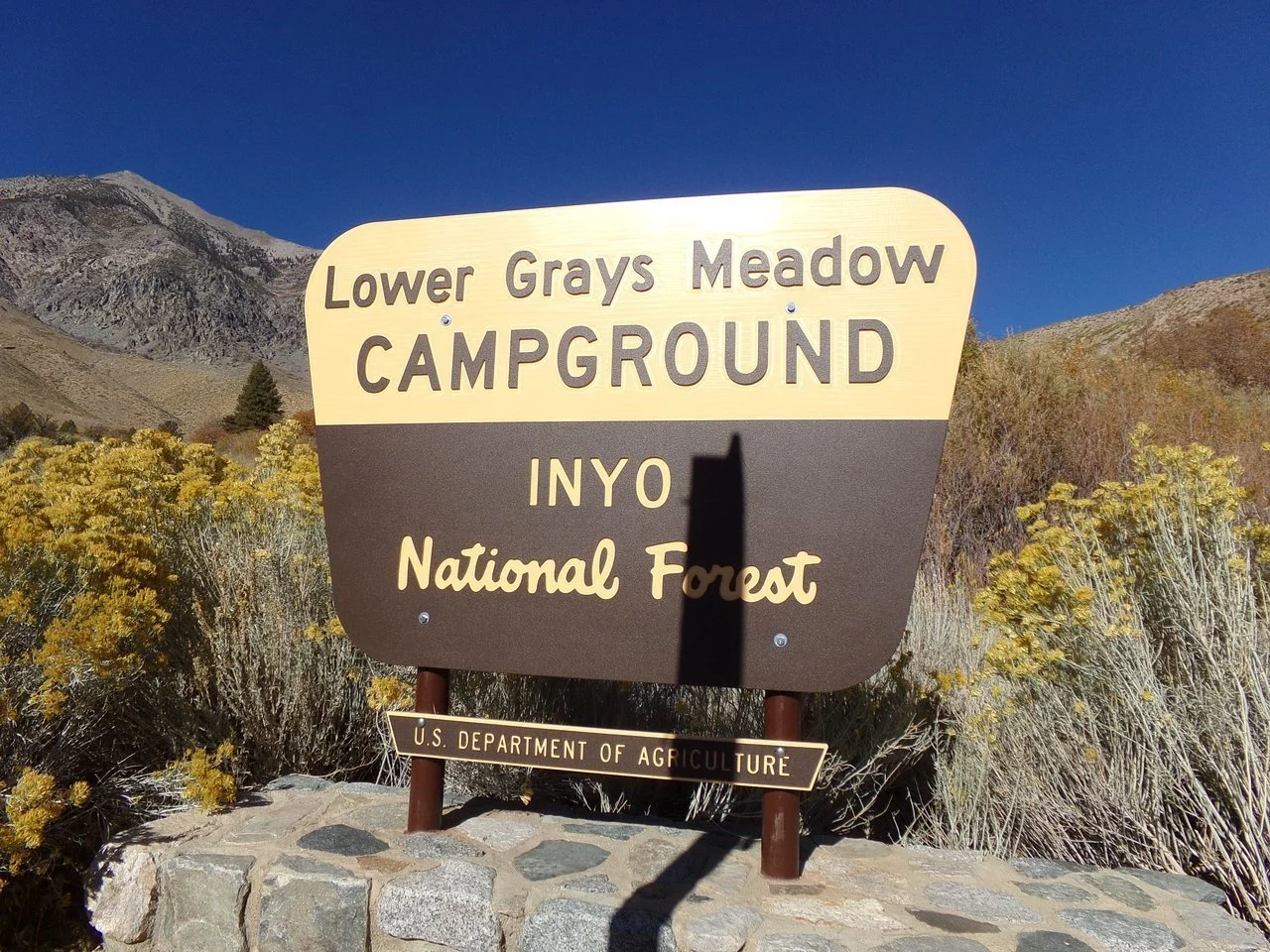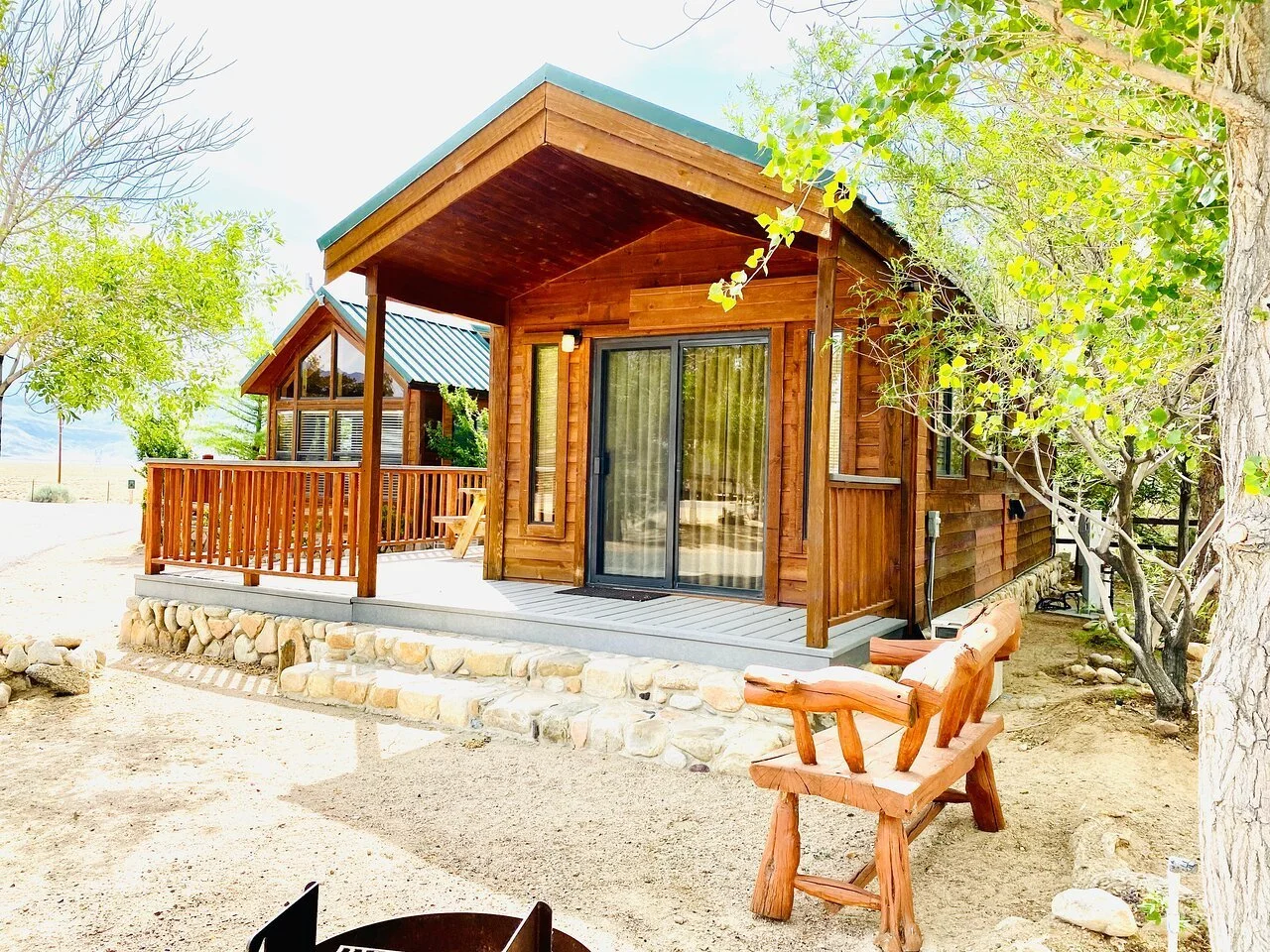Nestled between the majestic Sierra Nevada and Inyo mountain ranges in the Owens Valley, Lone Pine serves as an exceptional gateway for outdoor exploration and angling enthusiasts. The region's distinctive features include the photogenic Alabama Hills with their iconic boulder formations that have starred in countless Western films, the fascinating Lone Pine Museum of Western Film, and the historically significant Manzanar National Historic Site. Camping opportunities abound throughout the area, with sites available around the town center, near Mount Whitney, along Highway 395, and throughout the surrounding national forests and parklands.
Camping Near Lone Pine
Lone Pine: Marvel at the Colossal Sierra Peaks, Where Adventure Beckons Amidst Rugged Splendor - Embrace the Call.
CampChimp is better in the app
Find Available Camping
The 5 best campgrounds near Lone Pine, CA
-

McGee Creek
 Mammoth Lakes, CA
Mammoth Lakes, CA


Nestled in the Eastern Sierra Nevada mountains this scenic campground offers stunning views of the rugged peaks and tranquil meadows. Enjoy the peaceful setting along the babbling McGee Creek and explore the nearby hiking trails.
-

Diaz Lake Campground
 Lone Pine, CA
Lone Pine, CA


Nestled in the heart of the Eastern Sierra Diaz Lake Campground provides a picturesque setting with stunning mountain views and easy access to hiking trails.
-

Rock Creek Lake Campground
 Crowley Lake, CA
Crowley Lake, CA


Nestled in the Eastern Sierra Nevada mountains Rock Creek Canyon Campground offers stunning views of towering peaks and a serene creek flowing through the site. It features well-spaced campsites with picnic tables and fire rings perfect for a peaceful outdoor getaway.
-

Whitney Portal Campground
 Lone Pine, CA
Lone Pine, CA


Whitney Portal Campground is a prime location for hikers and outdoor enthusiasts offering easy access to the iconic Mount Whitney Trail and stunning alpine scenery.
-

Horseshoe Meadow Trail
 Lone Pine, CA
Lone Pine, CA


Horseshoe Meadow Campground offers a truly unique camping experience at an elevation of 10000 feet surrounded by breathtaking mountain vistas and lush alpine meadows.
The 5 hardest-to-book campgrounds near Lone Pine, CA
The 5 best campgrounds for RV camping near Lone Pine, CA
The 5 best campgrounds for tent camping near Lone Pine, CA
Camping near Lone Pine guide
Lone Pine and Whitney Portal
The surrounding area features multiple camping options within Inyo National Forest, offering accommodations for both tent campers and RV enthusiasts, including sites with utility connections. Those planning to summit Mount Whitney or embark on the John Muir Trail to Yosemite typically base themselves at Whitney Portal Campground. For those seeking alternative spots near Mount Whitney, both the Forest Service Lone Pine Campground and the Bureau of Land Management's Tuttle Creek Campgrounds provide excellent accommodations.
Inyo County, Inyo National Forest, and Sequoia National Forest
Traveling northward from Lone Pine, visitors will discover county and Forest Service campgrounds along Independence Creek, while backpackers often venture deeper into the wilderness to reach the high-elevation Onion Valley Campground in Inyo National Forest. Additional camping opportunities exist further north near Big Pine, and numerous sites cater to backpackers entering the John Muir Wilderness. Bishop provides essential services alongside various campgrounds, with more options available at higher elevations near Bishop Creek and Lake Sabrina. South of Lone Pine, adventurers will find over twelve camping areas around Lake Isabella and throughout the North Fork of the Kern River region.
Death Valley National Park
Lone Pine functions as a vital entrance point to Death Valley National Park, America's largest continental national park, renowned for hosting the country's lowest, hottest, and most arid terrain. This remarkable landscape showcases an incredible variety of natural features, from undulating sand dunes and expansive salt flats to serpentine canyons and snow-crowned peaks. The park maintains nine established campgrounds at various elevations, operating during different seasonal periods. The centrally positioned Furnace Creek Campground remains accessible throughout the year, providing a convenient base for park exploration.
Peak visitation begins in early March with the commencement of trout season, approximately two months ahead of other Eastern Sierra locations. The summer months draw numerous adventurers attempting Mount Whitney ascents, as the Mount Whitney Portal area remains inaccessible from mid-October through early May. Motorized watercraft are permitted on Diaz Lake during the period spanning mid-May to mid-October. Bird enthusiasts particularly enjoy spring and autumn visits for excellent birdwatching opportunities around Owens Lake.
- Mount Whitney hiking requires permits, with the annual lottery running from February 1 through March 15. Both single-day hiking and overnight permits are available.
- Whitney Portal enforces a strict one-night limitation for walk-in campsites.
- Backpacking activities in both the John Muir Wilderness and Golden Trout Wilderness require proper permits.
- Exercise proper bear safety protocols by never storing scented items in tents or vehicles - utilize bear-proof storage containers instead.
- Fishing licenses are mandatory for anyone 16 years or older, and different waterways may have specific regulations.


